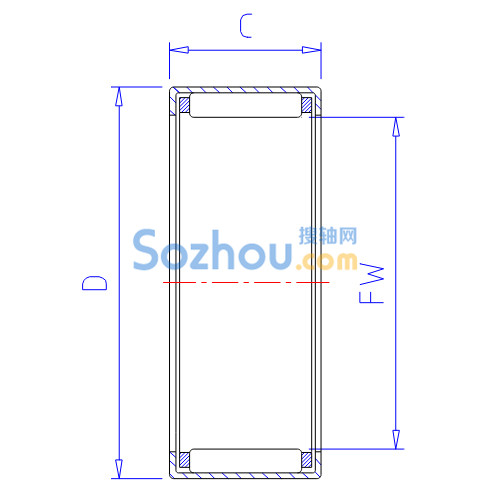Linear guide rails and cross roller guide rails both serve to guide and support moving parts in machinery, but they differ in design, performance, and application:
1. Design: Linear guide rails usually consist of a rail and one or more carriages (sliders) that move along ball bearings or cylindrical rollers. In contrast, cross roller guide rails feature rollers arranged in a crisscross pattern (at a 90-degree angle) between two parallel V-grooved guides.
2. Load Capacity: Cross roller guide rails generally provide higher load-carrying capacity and rigidity compared to linear guide rails due to the larger contact area provided by the rollers.
3. Precision: Cross roller guide rails offer higher precision and stability because the crossed rollers distribute loads evenly and maintain a consistent contact area, which helps to minimize deformation and vibration.
4. Smoothness: Cross roller guide rails typically provide smoother operation and less noise compared to linear guide rails, making them suitable for applications requiring very smooth motion and quiet operation.
5. Maintenance: Linear guide rails are generally easier to maintain and have a simpler structure, whereas cross roller guide rails require more careful maintenance to ensure the rollers remain properly aligned and lubricated.
6. Cost: Linear guide rails are often more cost-effective than cross roller guide rails, especially for applications where extremely high precision is not required.
7. Application: Linear guide rails are widely used in general industrial applications, while cross roller guide rails are more commonly found in precision machinery, such as measuring devices, semiconductor manufacturing equipment, and high-precision machine tools.



